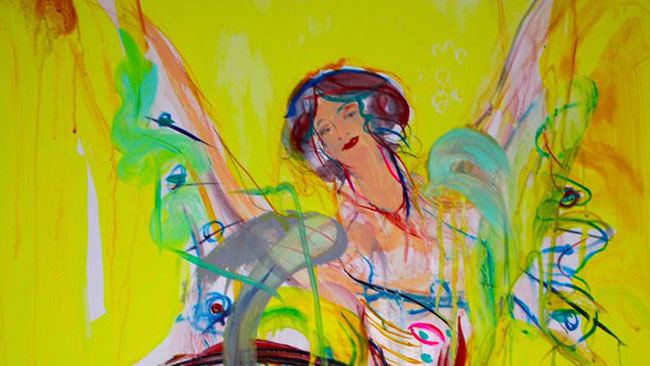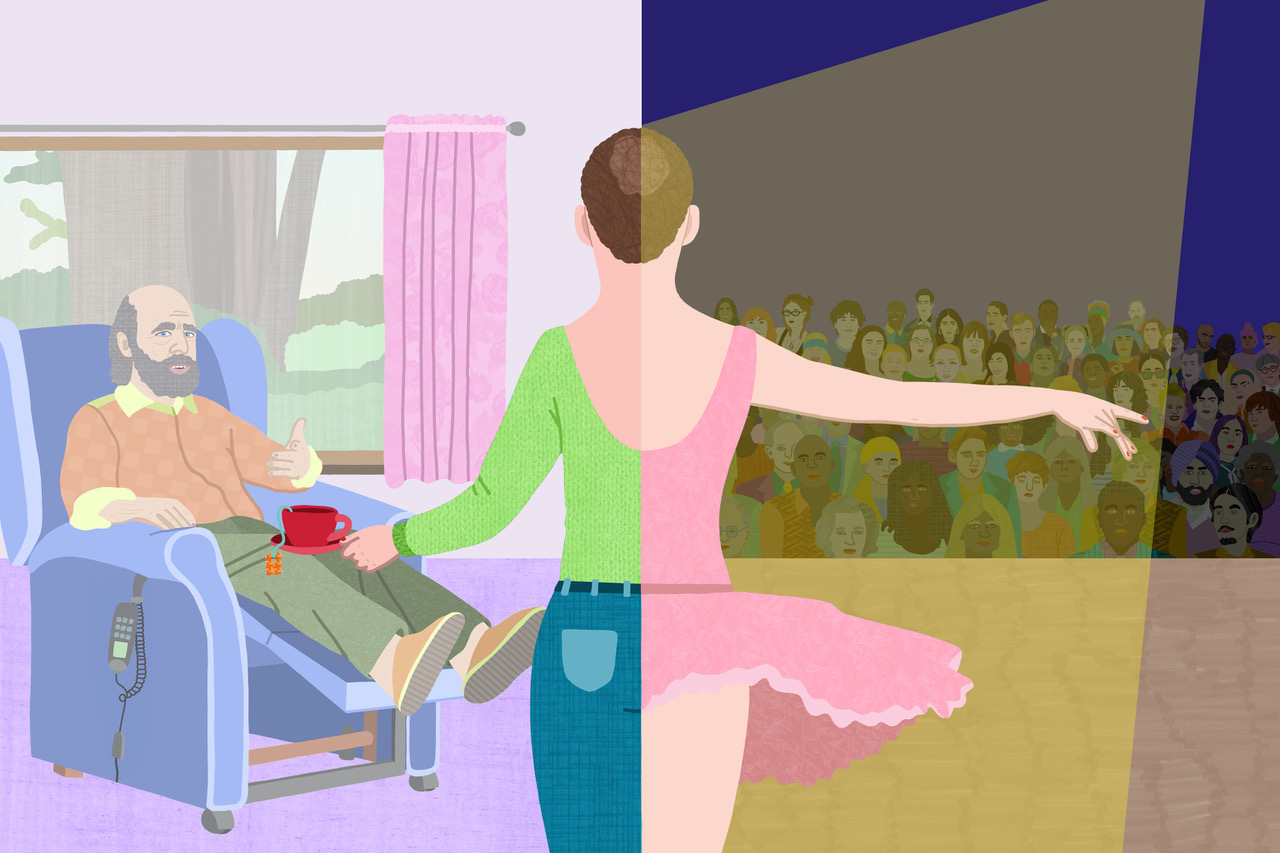Dance should be rooted in the art form and not simply its rules or theoretical practice. If dance, as the Britannica defines it, is ‘the movement of the body in a rhythmic way, usually to music, expressing an idea or emotion, releasing energy or simply taking delight in the movement itself’ – then we must always consider how to release and share that expression and delight.
Ballet itself has been developed by numerous people, in multiple countries over time, and is in constant evolution through the participation of many more. Influenced by different hands – almost ‘open sourced’! – and not owned by anyone in particular, it is no wonder opinions on what constitutes ballet can vary so widely.
Of course, within their dance classes RAD teachers should assist students to demonstrate a good, solid ballet technique to facilitate the syllabus. Although ballet depends on secure technique, it must also transcend it. After all, the word ‘technique’ derives from the Greek tekhnē (art), and literally means ‘to do with art or an art.’ So technique, like dance, is an art!
Ballet technique is neither static nor invariable, and is acquired as part of a journey that must consider anatomy, kinaesthetics, physical and mental development and aesthetics amongst others. We develop our technique not just from tradition, but from a grounding in our personal starting point and the incremental steps we take to achieve the refinements we seek. Every individual evolves differently, and our students must also understand the impact of their own involvement beyond simply following instructions.

‘Although ballet depends on secure technique, it must also transcend it. Technique, like dance, is an art!’
Take turnout as an example. It is relative to the body, it is not geographic, and the degree to which it is achieved will vary from dancer to dancer. Although turned out feet are the most obvious external indicator, we know that turnout does not come from the feet. Beyond the concept of rotating the legs, we must consider what other parts of the body are actively involved in that rotation and where tension or strain must be removed to permit it to happen. This is not in the legs alone – turnout depends on complete body placement and core strength.
Turnout is not a static picture, or a gripped position, it must function through all movements. Even if a dancer holds a perfectly placed, turned out first position they must then build on that as they move through successive moves and positions. Understanding how turnout is connected and adapts to all movement is essential – in ballet, nothing happens in isolation.
I look forward to sharing more with you in future issues.













